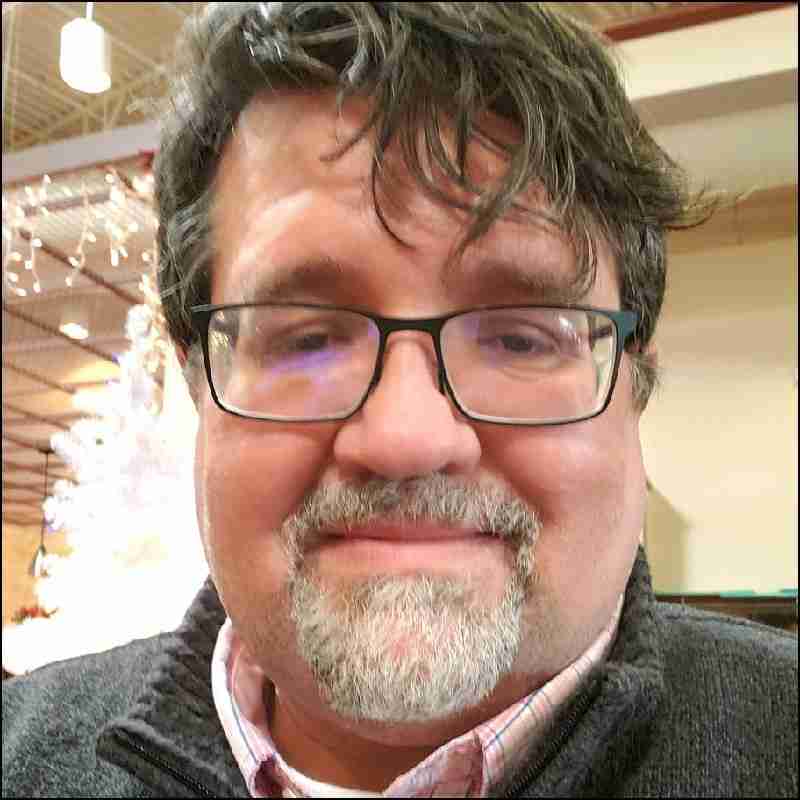
NImmune Biopharma Launches with Phase III-Ready Asset Gained from Landos Biopharma
By Alex Keown
March 22, 2023
Virginia life sciences entrepreneur Josep Bassaganya-Riera’s latest company NImmune Biopharma launched with an eye on a potential New Drug Application for its Phase III-ready experimental therapeutic for ulcerative colitis.
NImmune Biopharma’s lead asset is the clinical candidate omilancor, which it secured in February from Landos Biopharma, a company Bassaganya-Riera founded in 2017. Along with omilancor, NImmune gained the rights to Landos’ LANCL portfolio of immunoregulatory therapeutic assets, which also includes assets previously known as LABP-104 and LABP-111. These assets are designed to activate the Lanthionine Synthetase C-Like 2 (LANCL2) pathway, which enhances immunoregulatory processes that provide protection from autoimmune disease. Each of these assets were originally developed by Bassaganya-Riera, who served as chief executive officer of Landos until his departure from the company in November 2021.
Bassaganya-Riera, a former professor at Virginia Tech, said he was excited to regain ownership of the LANCL immunoregulatory therapeutic portfolio and continue its development. He told BioBuzz the NImmune team, many of whom came to the new company from Landos, sees significant opportunity to successfully treat patients with the assets that have shown little to no side effects compared to currently available treatments.
“Our leadership team was instrumental in the creation of the LANCL immunoregulatory portfolio, and brings substantial experience working with omilancor specifically to NImmune. Omilancor has the potential to impact the global inflammatory bowel disease (IBD) market as a safe and effective therapy, given the statistically significant clinical remission data it has produced in active disease UC patients as well as promising efficacy and safety results in Crohn’s disease patients,” Bassaganya-Riera said.
NImmune intends to initiate a pivotal Phase III trial of omilancor for ulcerative colitis in the second half of the year, he said. A gut-restrictive drug candidate, omilancor is designed to generate suppressive regulatory CD4+ T cells (Tregs) that restore and maintain immune tolerance in the GI tract.
In a Phase II study, omilancor demonstrated biologic-like efficacy with potentially best-in-class safety. An analysis of that data showed treatment with the 440 mg dose generated a 30% clinical remission after 12 weeks in UC patients, which was statistically significant. The company hopes to replicate that data in two Phase III studies assessing the same dose versus placebo in a total of 1,378 patients. The primary endpoints include clinical remission at 12 weeks and at 52 weeks.
While there are numerous drugs on the market for inflammatory bowel disease, Bassaganya-Riera said the available clinical data for omilancor shows a higher efficacy rate than Humira, Xeljanz, Entyvio and other commercially-available products with a stronger safety profile. Known side effects for these drugs include hepatitis B infection, low white blood cell counts, heart failure, respiratory infections and more.
“From a safety perspective, there’s nothing in the market or advanced development that is as close to having a clean profile as omilancor,” he said.
Beyond ulcerative colitis, NImmune believes the gut-restricted therapeutic has applications in Crohn’s disease and psoriasis.
“There’s a massive market opportunity for omilancor,” Bassaganya-Riera said, pointing to the significant number of patients who could benefit from a safer alternative to available treatments.
Another clinical-stage asset gained from Landos is NIM-1324. Formerly known as LABP-104, NIM-1324 is a Phase II-ready biomarker-guided therapeutic developed for the treatment of systemic lupus erythematosus (SLE) and rheumatoid arthritis. NIM-1324 has demonstrated the ability to induce enhanced regulatory Treg function in preclinical models of both SLE and RA. Additionally, the asset reduced interferon gamma signaling in human peripheral blood mononuclear cells, and the potential to reduce inflammatory cell infiltration with less toxicity than current standard of care, including biologics and JAK-inhibitors, according to company data. NImmune will not begin the Phase II trial for NIM-1324 until after the Phase III study of omilancor has begun, he said.
LABP-111, the third identified candidate secured from Landos now known as NIM-5834, will be developed for type 1 diabetes and nonalcoholic steatohepatitis (NASH), a fatty liver disease.
Joining Bassaganya-Riera on NImmune’s leadership team are seasoned veterans, including former Landos Biopharma executives. Chief Scientific Officer Raquel Hontecillas previously held the role of chief scientific director at Landos. She was also a research professor of immunology at Virginia Tech. Marek Cisweski, the former chief financial officer at Landos, holds the same role at NImmune.
Bassaganya-Riera did not disclose NImmune’s financials. He noted the leadership team at NImmune successfully raised tens of millions of dollars to fund Landos’ operations. He remains confident the leadership can do so again with NImmune.
“Josep and the team are back in the saddle and ready to fully develop these assets,” he said.







